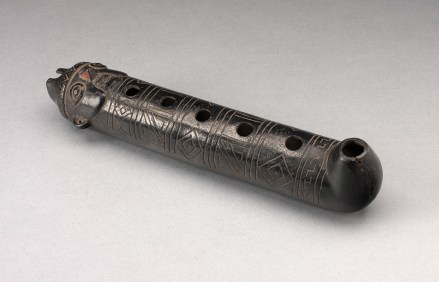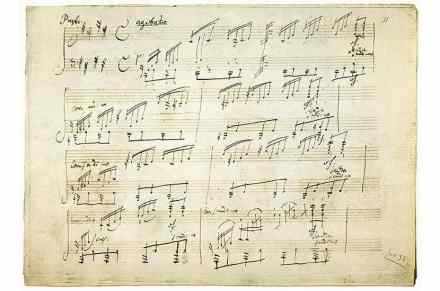Harping on the music of our ancestors
It’s one thing to sit in a comfortable armchair and see the world in a grain of sand. It’s quite another to hear it in a muddy shard of bone, a spool of wire or even an oddly shaped hole in the ground; to go searching for its voice on the sea bed, deep in the ice, beneath deserts, woods and cities. Music archaeology, Graeme Lawson wryly explains, is often the study of ‘small and largely unexceptional fragments’: objects ‘we might easily have kicked out of the way’. And yet the magic, he demonstrates, is all the greater when these fragments begin to connect, slowly coalescing into sounds and stories



